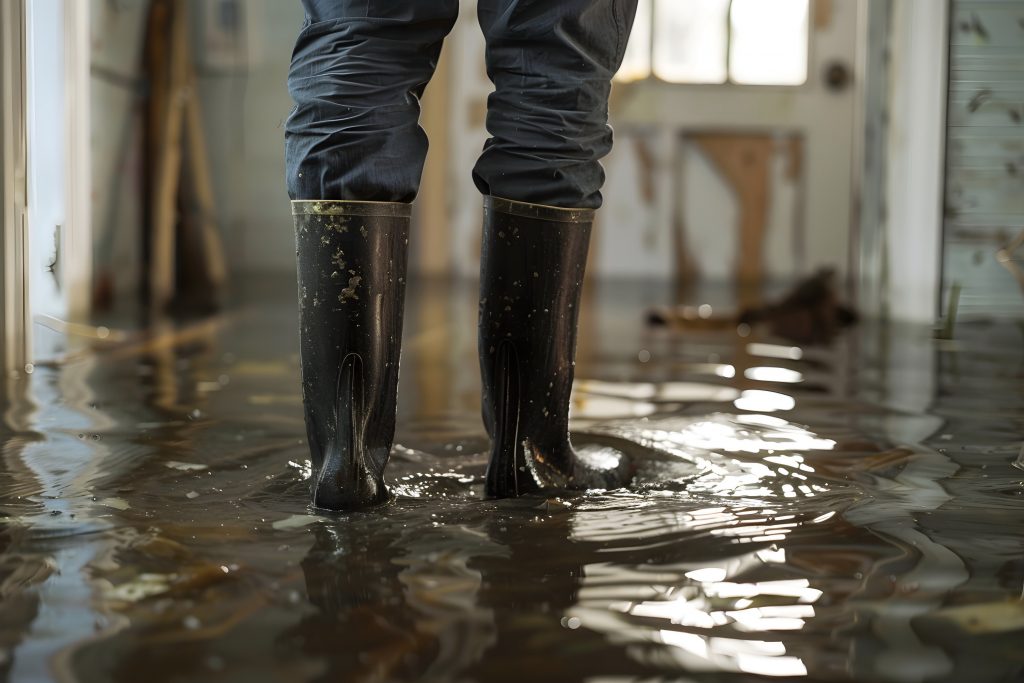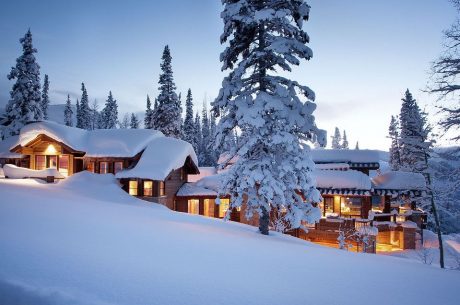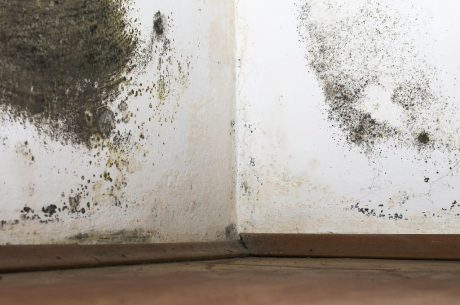Water damage is one of the most common and potentially devastating problems property owners in Salt Lake City can face. From burst pipes to flash floods, water intrusion can cause significant damage in a matter of minutes. Understanding when to address water damage yourself and when to call in an expert is crucial to mitigating losses and ensuring proper restoration.
This write up will dive deep into the causes of water damage, its potential consequences, and the critical moments when seeking professional help is not just recommended but essential. When property damage occurs from water damage, PuroClean of Layton is the expert to call. Call 801-989-5554 today or Click here
Understanding Water Damage in Salt Lake City
Salt Lake City, known for its stunning landscapes and unique climate, can experience varying weather conditions that contribute to water damage risks. The city sees its fair share of heavy rainfall, flash floods, and snowmelt, especially during spring. In addition, aging infrastructure, older homes, and fluctuating water tables all increase the likelihood of water-related problems. Property owners must be vigilant, as water damage can occur unexpectedly and result in severe structural damage and health risks.
The primary causes of water damage in Salt Lake City can be grouped into three categories:
- Natural Causes:
- Heavy Rainfall and Flash Floods: During the rainy season, Salt Lake City can experience downpours that overwhelm drainage systems, leading to flooding. Low-lying areas and poorly sealed foundations are particularly vulnerable.
- Snowmelt and Ice Dams: The thawing of snow, especially in spring, can cause water to seep into homes through cracks in the foundation. Ice dams, formed when melting snow refreezes along the roof’s edge, can trap water and cause leaks.
- Seasonal Storms: Sudden storms and high winds may lead to roof damage, allowing water to enter homes.
- Plumbing Failures:
- Burst Pipes: Harsh winters can cause pipes to freeze and burst, flooding basements and other parts of the home.
- Leaky Fixtures and Appliances: Dripping faucets, faulty water heaters, and dishwashers can cause slow water accumulation, resulting in gradual damage over time.
- Sewer Backups: Blocked sewer lines can lead to dirty water backing up into homes, posing serious health risks.
- Structural Issues:
- Roof Leaks: Over time, roofs may deteriorate due to age, wear, and weather, allowing water to infiltrate.
- Foundation Cracks: Poor construction or shifting soil can create cracks in a home’s foundation, letting water seep into basements.
The Consequences of Water Damage
Water damage isn’t just an inconvenience—it can cause lasting harm to your property and health. Ignoring even minor water issues can lead to bigger problems down the road. The major consequences include:
- Structural Damage: Water weakens the structural integrity of buildings, especially when it penetrates load-bearing walls, floors, and ceilings. Wood, drywall, and insulation can all deteriorate if exposed to moisture over long periods. Eventually, this may compromise the building’s stability, leading to costly repairs.
- Mold Growth: Mold thrives in moist environments, and water-damaged areas are perfect breeding grounds. Once mold takes hold, it can spread quickly, causing health problems like allergies, respiratory issues, and skin irritation. Certain types of mold, such as black mold, are especially hazardous and require professional removal.
- Electrical Hazards: Water intrusion into electrical outlets, wiring, and appliances increases the risk of electrical fires and shocks. Homeowners should always turn off power to water-damaged areas and consult a professional to assess the situation.
- Health Risks: Stagnant water or water contaminated by sewage or chemicals can expose residents to harmful bacteria and pathogens. Contact with contaminated water can result in gastrointestinal infections, skin rashes, and respiratory problems.
- Decreased Property Value: A property affected by water damage, especially if not properly restored, will lose value. Potential buyers will be wary of hidden mold, weakened structures, and potential recurring issues.

When to Call an Expert for Water Damage Restoration
While some minor water damage issues can be handled by homeowners, there are specific scenarios when professional help is absolutely necessary. Water damage restoration experts bring the experience, tools, and knowledge to assess the situation, prevent further damage, and restore your property to its original condition.
Here’s when you should definitely call an expert:
- When There’s Extensive Water Damage: If a large area of your home or business is affected—whether it’s due to a flood, burst pipe, or significant roof leak—it’s important to call a restoration professional immediately. DIY methods may not be sufficient to address widespread damage, and water can seep into hidden areas, leading to more issues if not handled correctly.
- When the Water is Contaminated: Water damage is classified into three categories, based on the level of contamination:
- Category 1: Clean water from sources like broken pipes or rainwater.
- Category 2: Gray water, which comes from appliances like dishwashers or washing machines and may contain detergents or chemicals.
- Category 3: Black water, which is highly contaminated and poses serious health risks. This includes water from sewer backups or floodwaters that may contain harmful bacteria, chemicals, or toxins.
- When Mold is Present or Suspected: Mold can begin growing in as little as 24 to 48 hours after water damage occurs. If you see or smell mold—or if the water has been sitting for more than a day—it’s time to call an expert. Mold remediation specialists can identify the extent of the mold growth, safely remove it, and take steps to prevent future growth.
- When Structural Damage is Visible: If water has damaged your walls, ceilings, floors, or foundation, professional restoration is necessary. Structural repairs are not just about aesthetics; they ensure the safety and integrity of your home or business. Water damage restoration experts can assess the damage and recommend the appropriate repairs, such as replacing drywall, reinforcing foundations, or repairing roofing.
- When Electrical Systems are Compromised: If water has reached electrical outlets, wiring, or appliances, you should call a professional immediately. Water and electricity are a dangerous combination, and trying to handle this type of damage yourself can result in serious injury or fire. Experts will ensure the power is safely shut off and assess the electrical systems before proceeding with the restoration.
- When You’re Concerned About Hidden Water Damage: Water can seep into hidden areas such as behind walls, under floors, and in ceilings. If you suspect there may be hidden damage, it’s best to call an expert. Restoration professionals use advanced tools like moisture meters and infrared cameras to detect hidden moisture and ensure all affected areas are properly dried.
- When Time is of the Essence: The longer water damage sits untreated, the worse the damage becomes. Delays can lead to mold growth, structural deterioration, and increased repair costs. Water damage restoration experts have the equipment and experience to act quickly and efficiently, preventing further damage and reducing the time it takes to restore your property.
The Water Damage Restoration Process
When you call in a water damage restoration expert in Salt Lake City, they will follow a systematic process to assess, mitigate, and repair the damage. Here’s what you can expect:
- Initial Assessment: The restoration team will inspect the property to determine the extent of the damage, the type of water involved, and the areas affected. This assessment allows them to create a plan for restoration and identify any immediate hazards, such as electrical issues or contamination.
- Water Extraction: Using professional-grade pumps and vacuums, the team will remove standing water from your property. Quick water removal is essential to prevent further damage and reduce the risk of mold growth.
- Drying and Dehumidification: After the water is removed, the affected areas will still be damp. Restoration professionals use industrial-strength fans, dehumidifiers, and heaters to dry out the property. This step may take several days, depending on the extent of the damage.
- Cleaning and Sanitizing: Once everything is dry, the team will clean and sanitize all affected surfaces to remove any contaminants, mold, or bacteria. In cases of Category 2 or 3 water damage, this step is critical to ensure the health and safety of the property’s occupants.
- Repair and Restoration: The final step involves repairing any structural damage, replacing damaged materials like drywall or flooring, and restoring the property to its pre-damage condition. This may also include repainting walls, installing new carpets, or addressing other cosmetic issues.
How to Prevent Water Damage
While water damage is sometimes unavoidable, there are steps you can take to reduce your risk:
- Maintain Your Plumbing System: Regularly inspect and maintain your home’s plumbing, including pipes, faucets, and appliances.
- Check Your Roof and Gutters: Keep your roof in good repair and clean your gutters to ensure proper drainage.
- Seal Cracks in Your Foundation: Ensure that your foundation is properly sealed to prevent water from seeping in.
- Install a Sump Pump: If your home is prone to flooding, a sump pump can help keep your basement dry.
- Insulate Your Pipes: In the winter, insulate pipes to prevent freezing and bursting.
Water damage is a serious issue that can have lasting consequences if not addressed promptly and properly. In Salt Lake City, where weather conditions and infrastructure challenges can increase the risk of water damage. For quick water damage emergency response in Salt Lake City, call PuroClean of Layton at 801-989-5554Z Now! To learn more on how PuroClean of Layton can assist property owners when a damage occurs, read our blog post on the 7 Great Reasons PuroClean of Layton is the Premier Choice for Property Restoration Services in Salt Lake City




 PuroClean of Layton
PuroClean of Layton